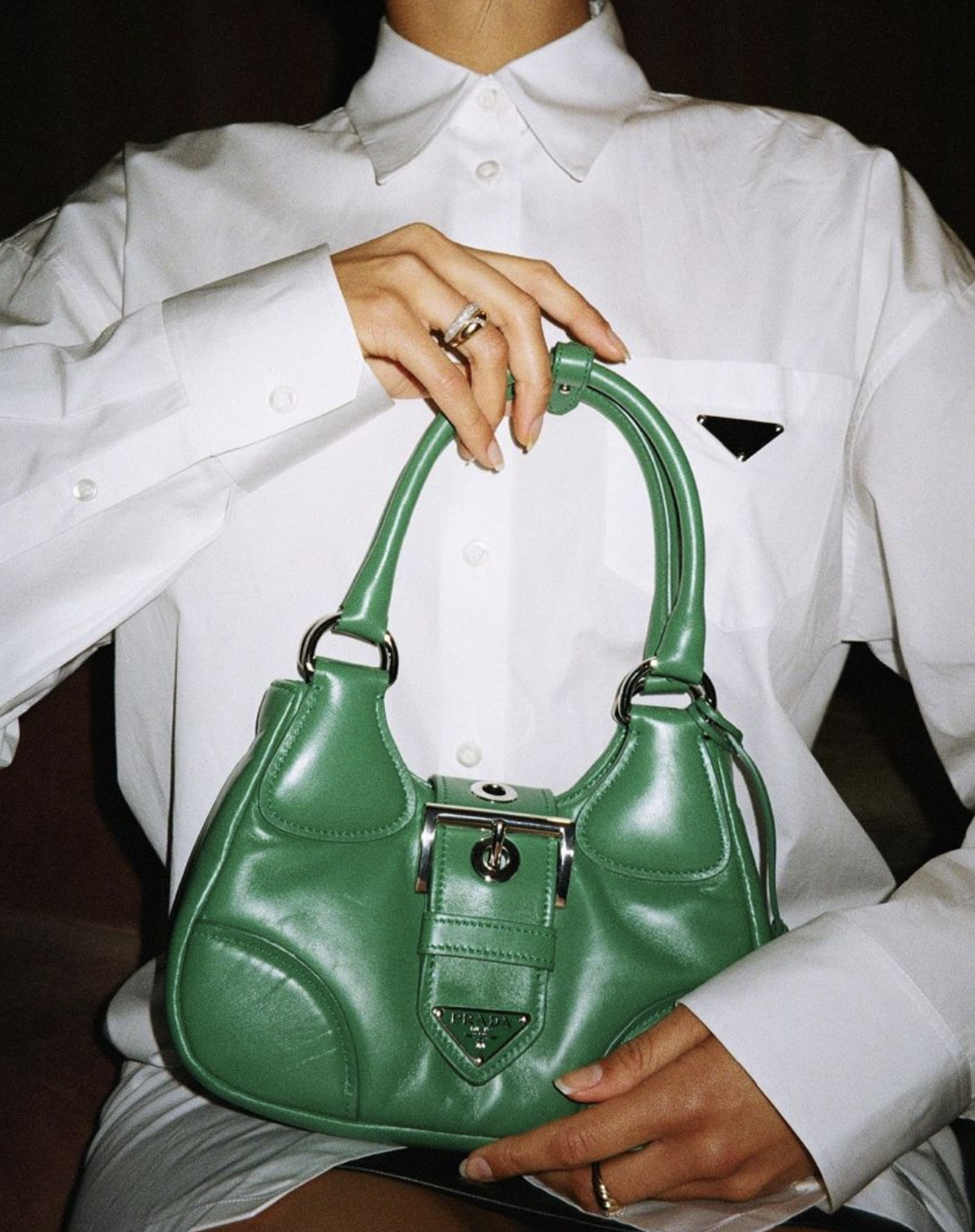Comprehending the Complexities of Arranging a Fashion Exhibition
Organizing a fashion show is a multifaceted endeavor that combines creativity, logistics, and meticulous planning. It is a platform where fashion designers showcase their latest collections to the world, providing a glimpse into trends that may influence the industry. This article navigates the detailed process of orchestrating such an event, emphasizing the significance of each component in ensuring a successful showcase.
Understanding and Organizing
The adventure starts with a well-defined goal. The theme of the fashion event, be it centered around eco-friendliness, technological advancement, or a particular cultural influence, lays the foundation for all subsequent elements. This theme influences every component, from selecting the location to the creation of the clothing pieces. This idea must reflect the designer’s brand principles and connect with the target audience they aim to engage.
Once a concept is established, a logistical framework must be constructed. This involves setting a tentative timeline leading up to the show, often spanning months. Critical tasks include securing a venue, hiring personnel, coordinating with designers, and developing a comprehensive budget plan. Each element of planning must interlock seamlessly, creating a cohesive roadmap toward achieving the show’s success.
Venue Selection
Choosing the appropriate place is another key aspect of planning a fashion show. The venue should align with the theme and suit the runway, audience, and backstage needs. Accessibility, sound quality, and atmosphere are vital. For example, an urban chic show might be best suited for a repurposed warehouse, while a nature-inspired collection could thrive in an open-air setting.
After selecting the location, the process of designing the layout starts. This involves arranging the runway, audience seating, and areas for the press and important guests. The main objective is to enhance visibility while maintaining safety and comfort. It is crucial to pay attention to details; each seat must provide an unobstructed view of the runway.
Creation and Manufacturing
Parallel to planning, designers and their teams are hard at work transforming ideas into tangible designs. Each piece is an embodiment of the underlying concept driven by research, creativity, and technical skill. Designers must also consider practical elements such as fabric availability, manufacturing timelines, and fitting sessions.
Additionally, manufacturing involves more than merely making clothing. It also includes choosing the music that will play during the presentation, the lighting that will accentuate the pieces, and the design of the stage itself. All these aspects need to work in harmony to elevate the visual story presented to the viewers.
Model Selection and Fittings
Models represent the heartbeat of every fashion event. Choosing individuals who can represent the essence of the collection is crucial. This involves auditions and consultations with talent agencies. Elements like appearance, walk, and professionalism are evaluated to confirm that the selected models match the brand’s identity.
Once models are selected, fittings are conducted to tailor the garments perfectly. This stage is crucial as it ensures that each piece looks impeccable on the runway. Designers work closely with their teams to make any necessary adjustments, ensuring that each garment highlights the designer’s vision.
Practice Sessions and Full Runs
Practice sessions are crucial for ironing out potential problems. In these gatherings, the models are trained on the sequence of a fashion show, paying attention to their speed, timing, and stances. Technical crews collaborate to assess lighting, audio, and stage mechanisms, making sure all components function seamlessly.
Run-throughs help identify areas for improvement, allowing the team to make adjustments before the actual event. This stage also helps models feel comfortable with the space and their movements, contributing to a more confident performance on the day of the show.
Event Execution
Execution on the day of the event involves precise coordination among all parties. From ushering guests to their seats to ensuring that backstage operations run smoothly, every detail demands attention. Directors oversee the flow of the show, confirming that each segment transitions seamlessly.
Timing is crucial. The flow of the show should maintain audience engagement without unnecessary lulls. Points of interaction, such as designer presentations or live performances, must dovetail into the event with precision.
Post-Show Activities
Once the show concludes, the influence of the fashion event persists. Connecting with media, photographers, and key figures is crucial for enhancing visibility. Post-event actions might involve news releases, interviews, and media spotlight that broadens the collection’s audience.
Moreover, feedback is invaluable for future shows. Gathering insights from participants and attendees can guide improvements and innovations, ensuring that subsequent events are even more successful.
Reflecting on this intricate orchestration reveals the dedication and creativity inherent in every thread stitched and every spotlight cast. The complexity of a fashion show is a testament to the power of collaboration, transforming vision into a vibrant, shared reality that resonates far beyond the runway.



